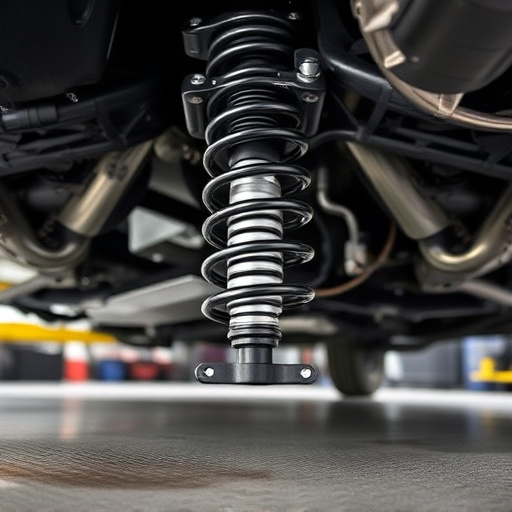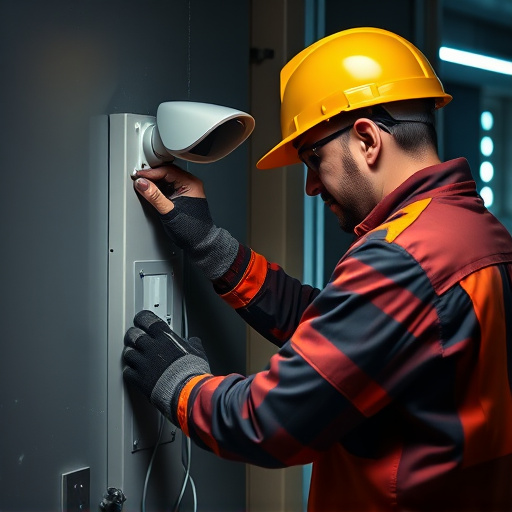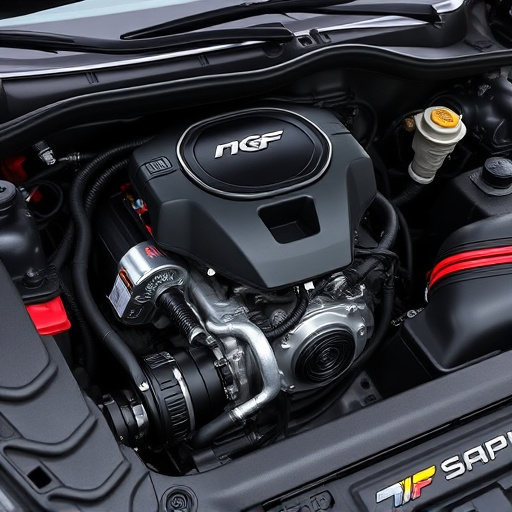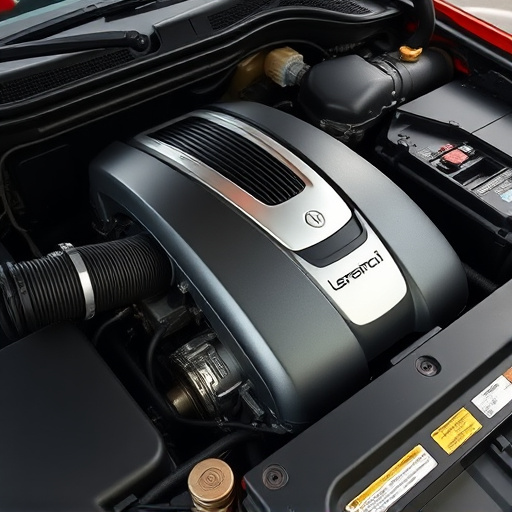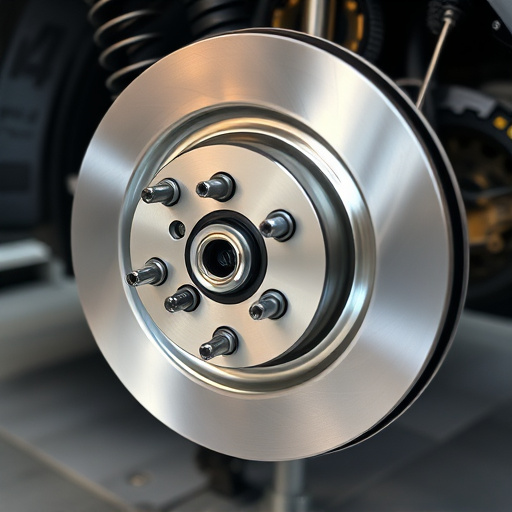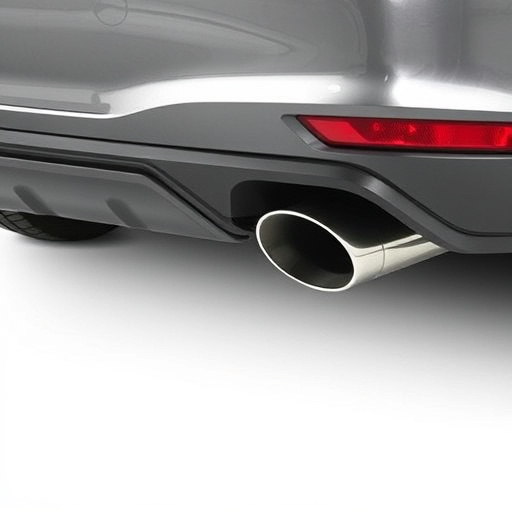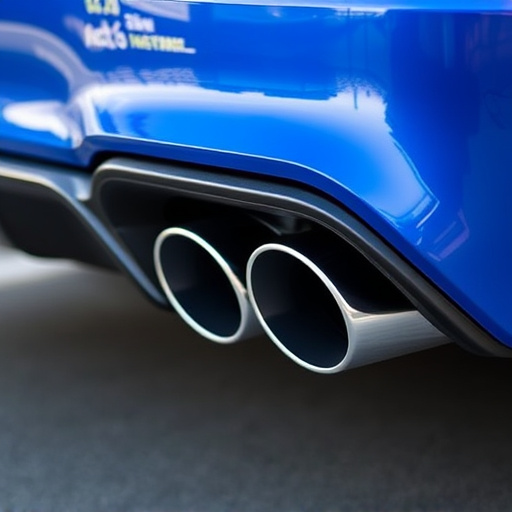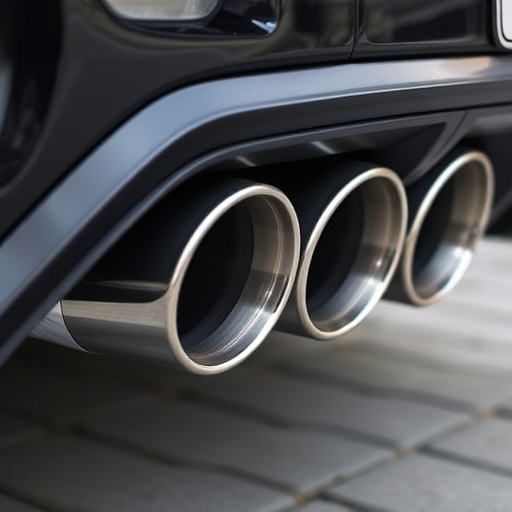Car suspension parts are critical for vehicle performance and safety. Understanding components like shock absorbers, struts, springs, and alignment pieces ensures compatibility between new and old cars. Modern upgrades like air filters, exhausts, and brakes can enhance handling while maintaining versatility. Focus on essential suspension components for a successful upgrade, with model-specific choices for safety and performance.
In today’s automotive landscape, finding car suspension parts that seamlessly integrate across various vehicle models and ages is crucial. This guide delves into the essential components of modern car suspension systems, offering insights on how to adapt older vehicles to meet newer standards without compromising performance or safety. By understanding common suspension parts and their compatibility, you can enhance your vehicle’s handling and comfort for years to come.
- Understanding Common Car Suspension Parts
- Compatibility: Adapting Older Vehicles to Newer Standards
- Essential Components for Seamless Upgrades
Understanding Common Car Suspension Parts
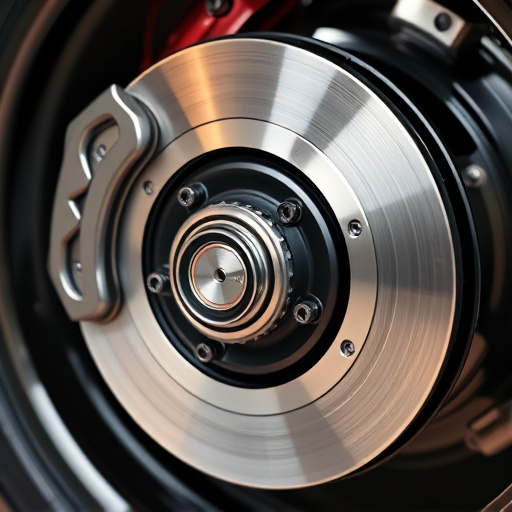
Car suspension parts are fundamental to a vehicle’s overall performance, comfort, and safety. Understanding the various components that make up a car’s suspension system is crucial when seeking compatibility between new and older vehicles. The suspension acts as a bridge between the car’s wheels and chassis, enabling smooth travel over uneven surfaces. It consists of several key parts, each serving a specific function.
Common car suspension parts include shock absorbers/struts, coil springs, control arms, ball joints, and bushings. These components work together to absorb impacts, maintain vehicle height, and ensure proper wheel alignment. When looking for parts that fit both new and older vehicles, it’s essential to consider compatibility and quality. Upgrading certain suspension components like performance air filters or installing modern performance brakes can enhance handling and braking capabilities while maintaining versatility across different car models.
Compatibility: Adapting Older Vehicles to Newer Standards
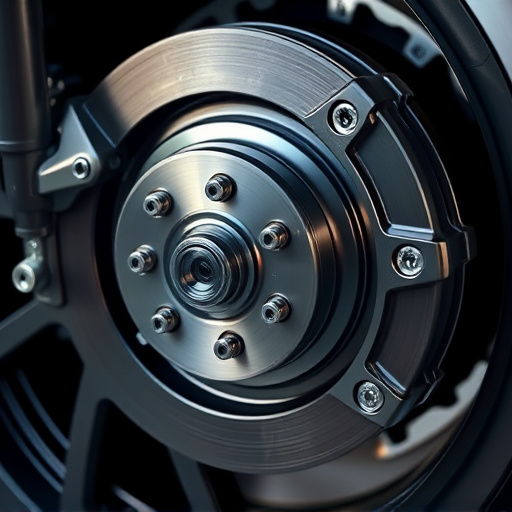
One of the key challenges in maintaining or upgrading a vehicle is ensuring compatibility between new car suspension parts and older models. As automotive technology evolves, keeping up with newer standards can be tricky for classic cars. However, thanks to innovative design and engineering, many modern car suspension parts are now designed to fit a wide range of vehicles, both new and old.
This adaptability is especially noticeable in components like shock absorbers, coil springs, and even electronic control units for adaptive suspensions. Manufacturers have started producing universal or cross-compatible car suspension parts that can be fitted to various makes and models, including vintage ones. Moreover, the integration of aftermarket upgrades like cold air intakes, performance exhausts, and performance brakes has become easier, allowing owners of older vehicles to enhance their driving experience while maintaining compatibility with existing systems.
Essential Components for Seamless Upgrades
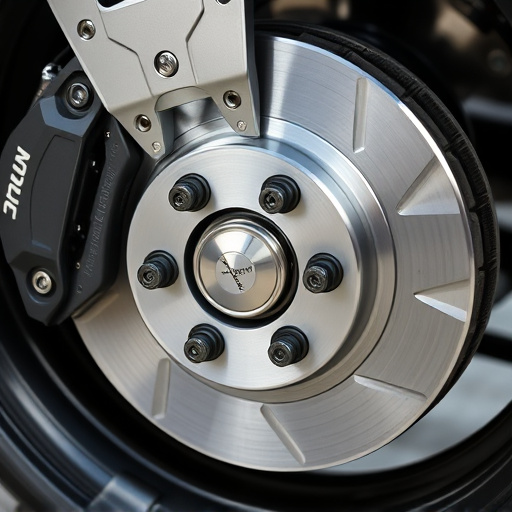
When upgrading your vehicle’s suspension, focusing on the essential components ensures a seamless and effective transformation for both new and older cars. Key parts like shocks, struts, and coil springs form the foundation of a smooth ride and handling dynamics. These car suspension parts are designed to absorb impacts and maintain vehicle stability, making them crucial for safety and performance.
For a successful upgrade, it’s essential to choose components that match your vehicle’s make and model. Modern cars often require advanced suspension systems, including adjustable coil overs and high-performance shock absorbers, while older vehicles might benefit from restored or replaced original equipment. Incorporating muffler tips or cat back exhaust systems can further enhance the overall driving experience, but they aren’t primary concerns for a successful car suspension upgrade.
When it comes to enhancing both new and older vehicles, compatible car suspension parts are key. By understanding common components and their roles, as well as adapting older models to newer standards, you can ensure a smooth upgrade process. Essential parts like shocks, struts, and control arms directly impact ride quality and safety, making their selection crucial. With the right components, you can transform your vehicle’s handling and comfort without sacrificing reliability.
